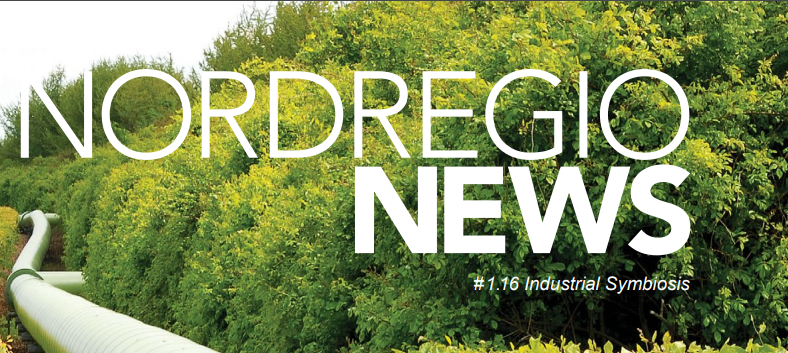1. What is the ideal role for public sector actors in promoting industrial symbiosis?
We believe that different public sector actors can support industrial symbiosis developments in different ways. For example, municipalities can set ambitious local policies demanding improved waste management and/or reduced emissions, creating the context for symbiotic exchanges. Municipalities can also be highly effective relationship and information brokers, creating vital conditions for communication, familiarity and trust among regional actors. Their planning, permitting and procurement functions can also be adapted to create more fertile contexts for the development of symbiotic relationships. Last, but not least, particularly in the Nordic context, municipalities can be important operational partners within industrial symbiosis networks.
2. What types of policy instruments are most effective in stimulating industrial symbiosis activities?
There is no scientific consensus on this topic. For example, we know that EU and national level policies making disposing of waste in landfills either impossible or more expensive have also diverted significant waste fractions into more productive uses, and some of these uses are in the form of local synergies. Similarly, renewable energy policies coupled with CO2 taxes have increased incentives to use alternative fuels in power and heat production, as well as utilizing residual heat. At the local level, local authority policies regarding energy and mobility services, and emission and waste management targets have also been instrumental in driving urban synergies. There are promising signs that some of the more recent and direct local policy interventions, in the form of developing local industrial symbiosis programs or competence centres, will also make big contributions. It is also worth noting that an effective support context arises when the right combination of national/regional/local policies are present simultaneously.
3. How does industrial symbiosis contribute to regional economic development?
Industrial symbiosis enables existing and new industries, as well as communities, to access more competitively priced resource inputs and reduce their waste management and emission control costs. More resource inputs are turned into marketable products, which further enhance resource productivity and provide economic benefits. Sometimes symbiotic relationships bring new processing or transfer needs, which stimulate new business development and employment. Finally, it improves regional eco-innovation capabilities, with profound implications for more sustainable regional development.
4. Regarding your own research, could you highlight an example of promising research projects?
We are interested in multiple dimensions of industrial symbiosis; therefore, it is hard to single out only two examples. One of our main research focuses is on the role of industrial symbiosis in the emergence of bio-based economies. It offers a solid foundation upon which several operational and expanding regional biorefinery networks are built in Sweden. We are improving our understanding of the diverse range of benefits it provides in these networks; e.g., cost reduction, resource productivity, and eco-innovation capabilities. We are also investigating key factors and processes that support or hinder symbiotic relationships relevant to biorefinery networks, with particular focus on the influence of the policy framework; the nature of inter-firm business models and governance mechanisms; and the role of public–private partnerships. Among other examples, research in these areas will provide more substantial answers to the questions we discussed above. Expanding the scope of this research to the Nordic context will be very interesting.
5. What are the biggest barriers to increased industrial symbiosis activity in Sweden?
Lack of awareness about the, potentially strategic, business and development value of industrial symbiosis and limited management attention given to concept are key motivational barriers. These can be overcome by helping decision makers understand the importance of industrial symbiosis and the value it can offer in their context. When actors are motivated, the next important barrier will be related to identifying opportunities. On the one hand, creating local dynamics/platforms that intensify communication among actors is one effective way of addressing this barrier. Further support can be provided by systemic ‘need’ and ‘capacity’ assessments. On the other hand, the barriers to implementation can be diverse. The rate of return of required investments, access to finance, regulatory requirements and concerns about operational disruptions are commonly encountered barriers. Some of these barriers can be addressed by public sector interventions.
Answers are compiled by Assistant Professor Murat Mirata with contributions from Professors Leo Baas and Mats Eklund, all from Environmental Technology and Management at Linköping University
This article is part of Nordregio News #1. 2016, read the entire issue here.


